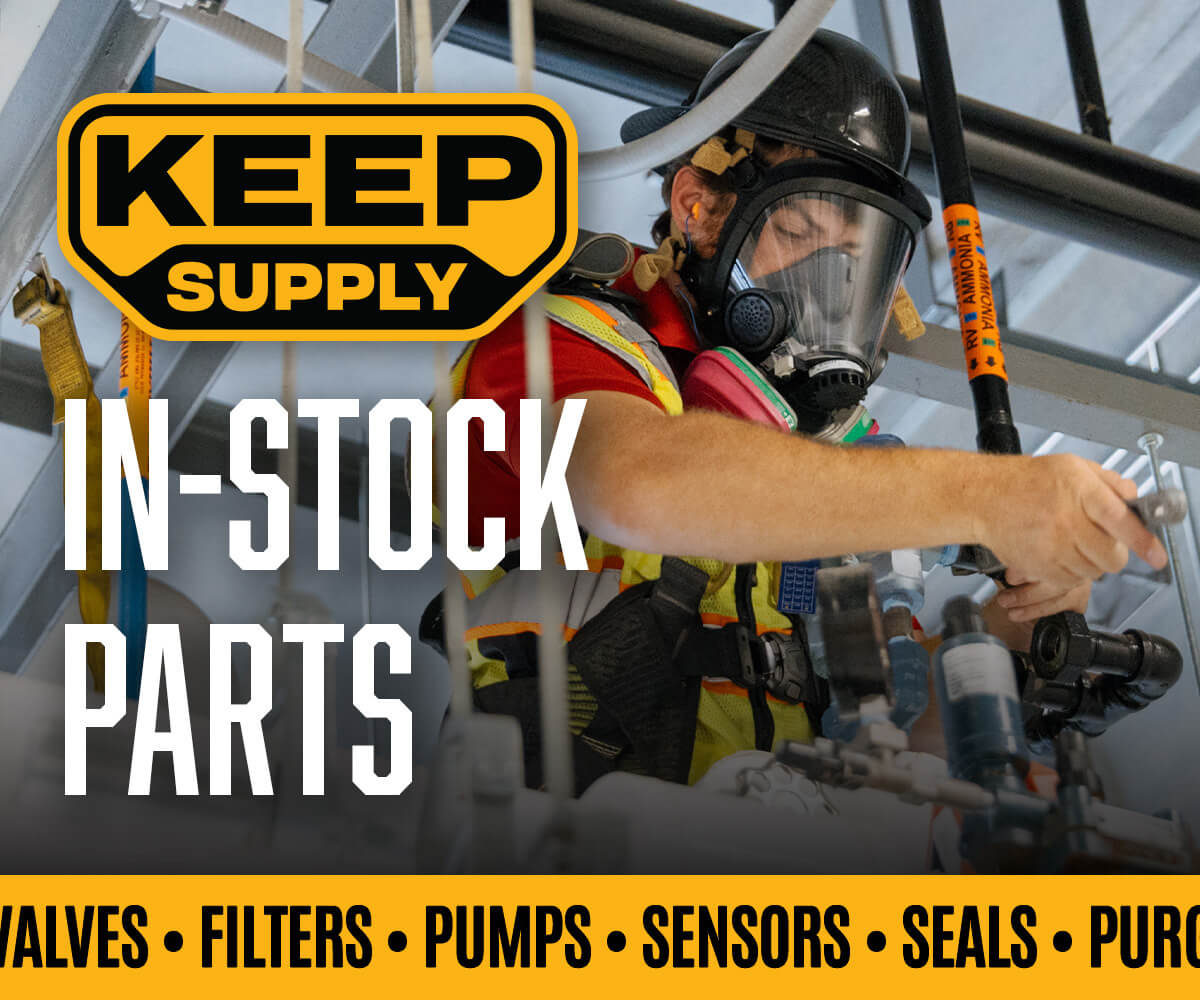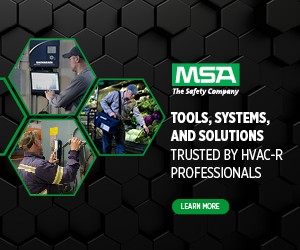Critical Tasks for Emergency Action Planning – IIAR’s new Guidance Document
“That’s not to say ammonia isn’t dangerous,” Smith said. “What it is to say is that we can do better – we could have such a great record that we could have no losses, no deaths, no serious injuries – everybody wins. That’s our goal.”
Emergency action planning is critical to the successful and safe operation of an ammonia facility, Smith said, discussing an upcoming IIAR guidance document aimed at helping address the lack of pre-event readiness associated with safe work practices and need to provide respiratory protection to escape an ammonia release in the industry. The document is currently in draft form and should be available to the public soon.
should be available to the public soon. Smith said that 30 years of evidence suggests that most ammonia-related deaths and injuries could have been prevented if victims were wearing air purifying respirators (APRs), and that the majority of major incidents could have been avoided or consequences mitigated if better emergency planning had been in place.
The guidance document, Emergency Action Plan Guidance for an Ammonia Facility seeks to take the complex nature of dangerous ammonia events and offer straightforward recommendations for respiratory protection, training criteria to help employers develop clearly defined emergency action plans to assure a higher level of life safety for operators, responders, employees, contractors, visitors and community members.
In decades past, the conventional wisdom was centered on a team of technician-level trained responders entering immediately dangerous to life or health (IDLH) emergencies with fully encapsulated entry suits. The time to respond, set-up and enter a simple ammonia leak could take hours.
Many employers who had organized their plant hazmat team found that the cost and work hours to maintain the team was too much. The industry began to rely on public safety hazmat response rather than complying with the then-new regulatory push for an emergency response plan.
Some facilities which could respond to ammonia incidents demobilized their hazmat team and joined the others who relied on public safety services to handle the hazmat emergency.
Previously, codes required the employers to maintain two self-contained breathing apparatuses (SCBAs) located within or near the machinery room. However, the move to demobilize hazmat teams played a part in the removal of the SCBA requirement within the model codes. The concern was if SCBA’s were on-site, untrained persons would use them and potentially cause additional injury.
No significant life safety substitutes replaced the two SCBA requirements, and there have not been any new Occupational Safety and Health Administration (OSHA) requirements that would require advances in PPE for high-risk critical task performance for those who choose the emergency action plan approach.
The pending IIAR guidance document aims to meet the industry’s need to develop clear and well-considered guidelines on how to accomplish a deeper level of engagement of the elements of an Emergency Action Plan (EAP.) Evidence shows that the nonengagement, “push a button and run,” EAP logic, has resulted in unacceptable loss of life, off-site consequences and property damage, Smith said.
IIAR’s guidance document indicates that the first priority of an EAP should be evacuation and rescue. When developing the EAP, employers need to set the level of engagement, their PPE preparedness, and training for operators and responders. “The best way out is to prepare to escape before the emergency event, and the best rescue is to not have victims,” Smith said.
The IIAR guidance document includes recommendations for placement and use of the general PPE for operators that are addressing an ammonia leak and getting out of harm’s way. There are five different categories:
- Operators preparing to open an ammonia system posing IDLH threat;
- Working on the system after it has been depressurized and evacuated;
- Mechanical damage while working near a live ammonia system;
- Employee, contractor or visitor entering the danger area;
- Employee, contractor or visitor who may be forced to pass through an IDLH area.
Ultimately, the clear and unequivocal guidance is that all personnel conducting line and equipment openings must wear a full-face APR. Situations that pose a significant threat of creating an IDLH circumstance must wear a NIOSH 14G certified full-face gas mask with an ammonia canister.
“We’re chasing perfection. The vision is no deaths, no serious injuries. We can live on with ammonia in the long term and not have the anxiety and fear and the community problems we have because of the misconceptions of what ammonia is instead of what it could be. We’ll chase that perfection, and we’ll achieve excellence,” Smith said.















